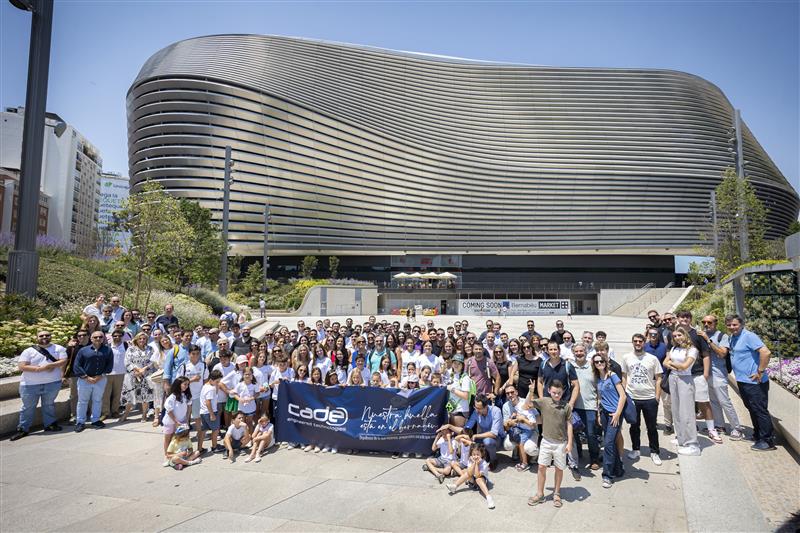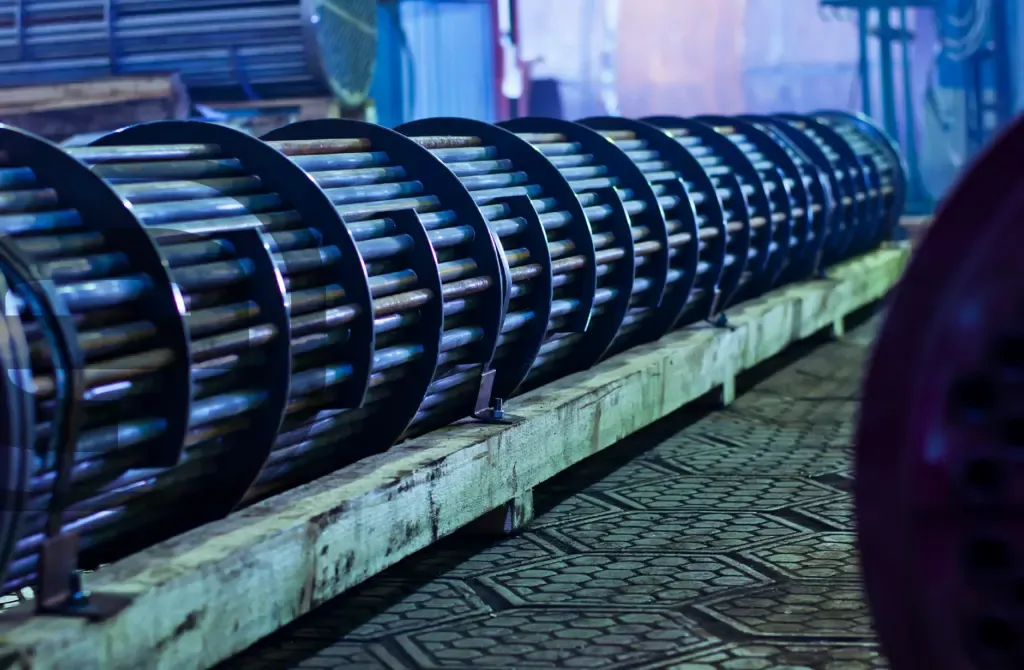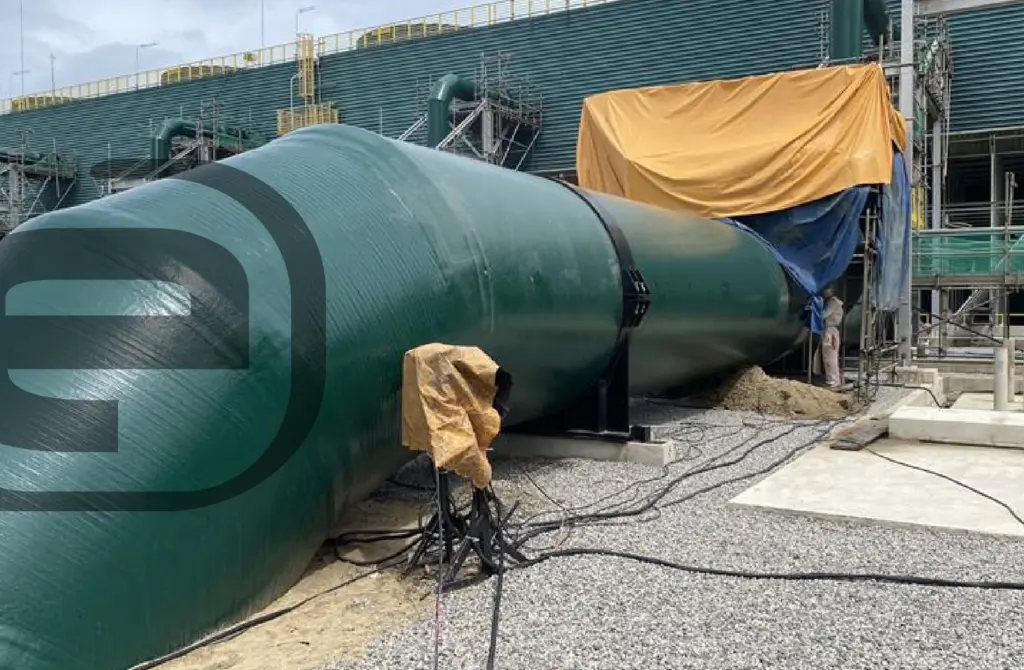In today’s competitive industrial environment, refineries are constantly looking for ways to improve their energy efficiency and reduce operating costs. Dynamic simulation and energy optimization are key tools that can lead to significant energy savings and more sustainable operation.
Dynamic simulation refers to the use of mathematical and computational models to mimic or reproduce the behavior of complex industrial processes in real time. This model is dynamic because it can adjust and respond to changes in input variables, such as energy demand, market fluctuations, or operating conditions.
The oil refining industry faces the constant challenge of improving energy efficiency and reducing operating costs. Each refinery is unique, so its dynamic simulation and energy optimization are advanced tools that enable refineries to achieve these goals. Below is a breakdown of how these tools can be applied to improve energy efficiency in a refinery.
Dynamic simulation is applied in the energy optimisation of refineries in several ways:
- Process Modeling: Detailed models of each refinery process are created, allowing you to identify where energy can be recovered, consumption reduced or heat transfer improved.
- Sensitivity Analysis: Models are used to evaluate how different changes in the process affect energy consumption and efficiency, allowing engineers to make decisions based on where to focus optimization efforts.
- Process Control: Dynamic simulation enables the development of advanced control systems that automatically adjust operations in response to changes in process conditions, ensuring that the plant always operates at its optimum point of efficiency
Energy Systems Assessment
Assessing systems that generate and consume energy is critical to identifying opportunities for improvement. This involves analysing the mass and energy balances of each process, there are studies and statistics of the refining processes (distillation, catalytic reforming, hydrotreating, etc.) and the distribution of the main industrial services such as water, steam and fuel gas. For example, heat exchanger network simulation and Pinch analysis for process energy integration is a useful tool to reduce and uncover opportunities to recover waste heat and reduce fuel consumption. Implementing a real-time monitoring system allows operations to be dynamically adjusted to maintain optimal efficiency.
Water/Steam/Fuel Gas Balances
Water, steam and fuel gas/hydrogen balances are critical to the efficient operation of a refinery. Dynamic simulation makes it possible to model these balances accurately, taking into account variations in demand and supply over time. For example, a proper hydrogen balance ensures that hydrogen generation and consumption are aligned, avoiding overproduction or the need to import external hydrogen, which is costly.
Optimization of Energy Production
Refineries use fuels and steam to heat the different streams and thus obtain the heat required for the reaction or separation required for the process, they also use electricity to run rotating equipment, pumps, compressors, etc. Optimizing energy production is achieved by simulating operating scenarios and identifying the most efficient configuration. This can include optimising boiler loads, improving compressor efficiency, and reducing the energy consumption of distillation units. Simulation makes it possible to test different operating strategies without risk, resulting in data-driven decision-making for continuous improvement.
Leak Detection
Leak detection is vital to prevent energy losses. Dynamic simulation can help model the behavior of systems to detect or predict leaks. Both the study of shrinkage, which is the loss caused by the difference between what is accounted for and what is stored, and the leaks associated with product losses (steam leaks, fugitive emissions, flaring of gas in the flare), dynamic simulation with the implementation of advanced sensors and detection systems allows for the rapid identification and correction of leaks, minimizing energy losses.
Results of Energy Optimization
The application of dynamic simulation and energy optimization in refineries leads to multiple benefits:
- Reduced Emissions: A cleaner operation with a lower carbon footprint is achieved.
- Savings in Investment and Operating Costs: Unnecessary expenses on equipment are avoided and the cost of operation is reduced.
- Improved Sustainability: A more efficient use of natural resources is promoted.
In short, dynamic simulation and energy optimization are essential tools for modern refineries. They allow you not only to comply with environmental regulations and operate more sustainably, but also to achieve a competitive advantage in the market by reducing costs and improving energy efficiency.
CADE counts on a specialized team of engineers dedicated to optimizing the energy efficiency of refineries. By integrating advanced knowledge and vast operational experience, we offer world-class technical advice, supported by dynamic simulations, either pre-existing or custom-designed, to significantly boost the energy performance of your operations.
Further information:
For any question or further information request about our services and technologies, please complete the following form:












